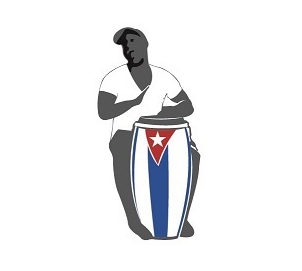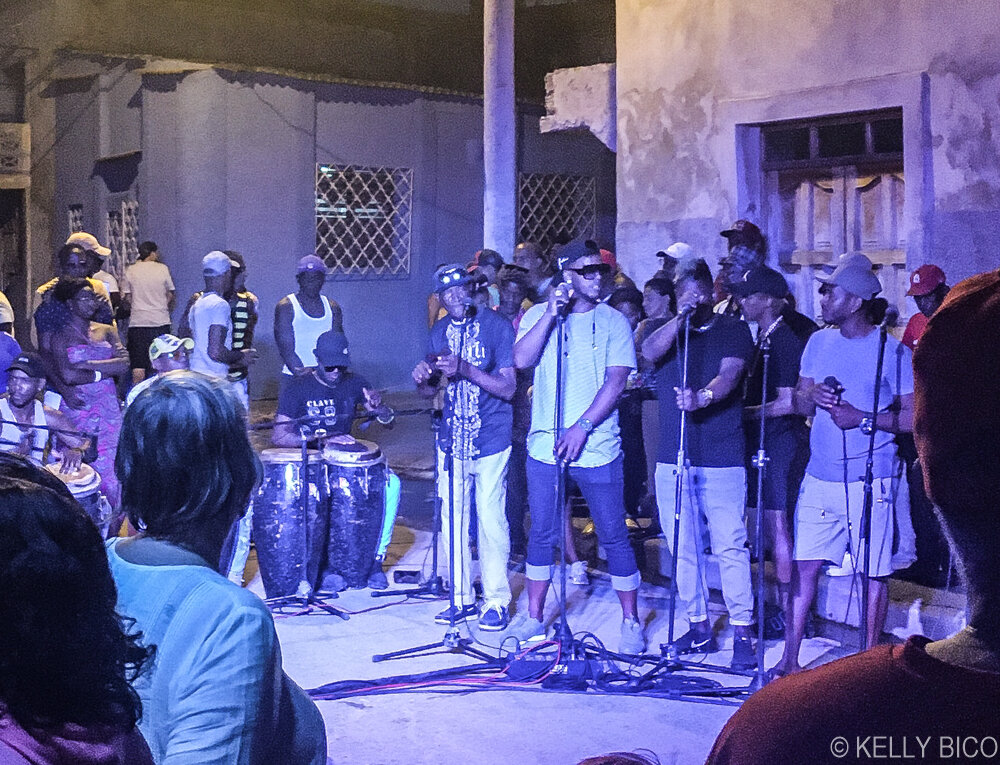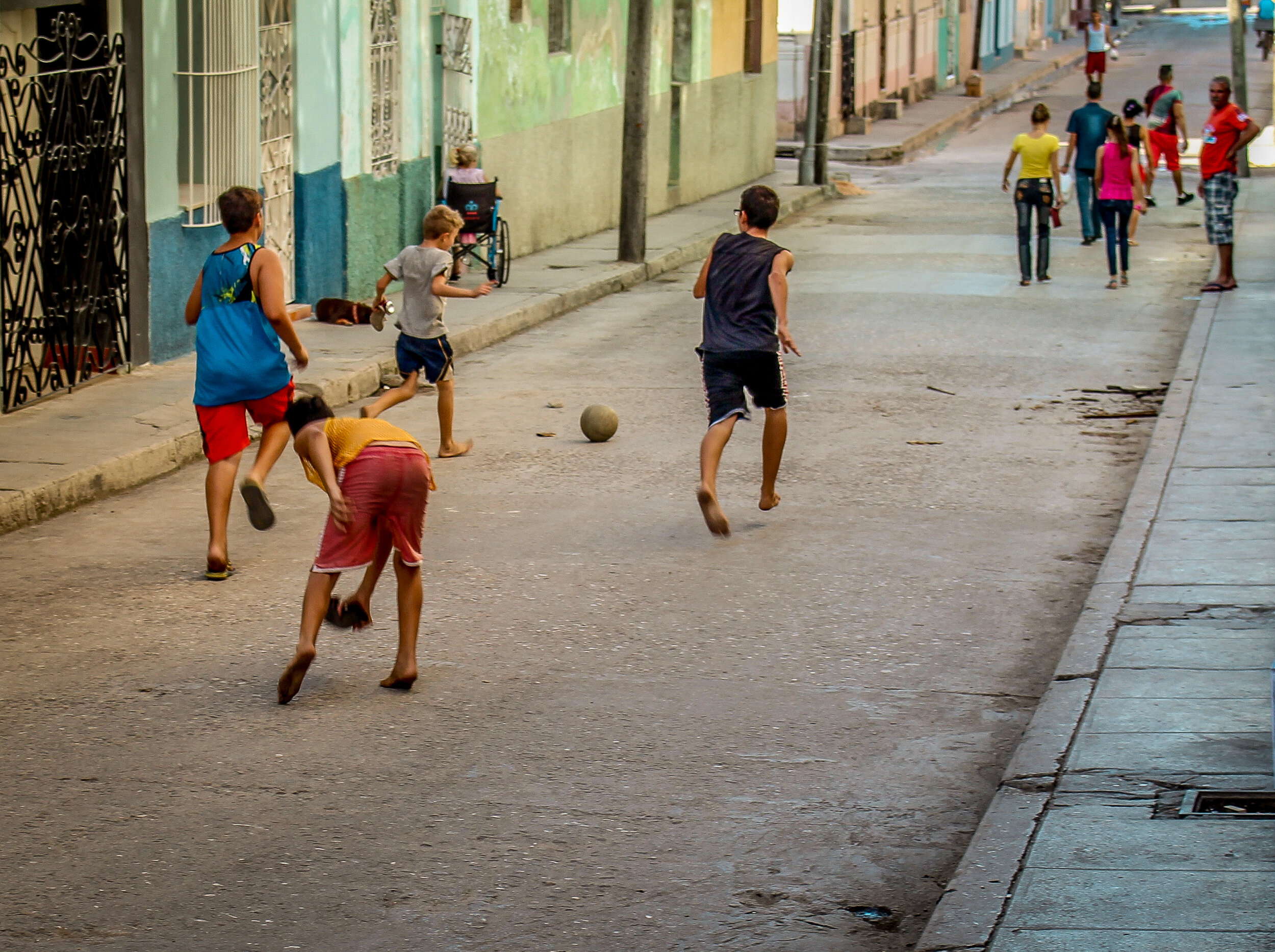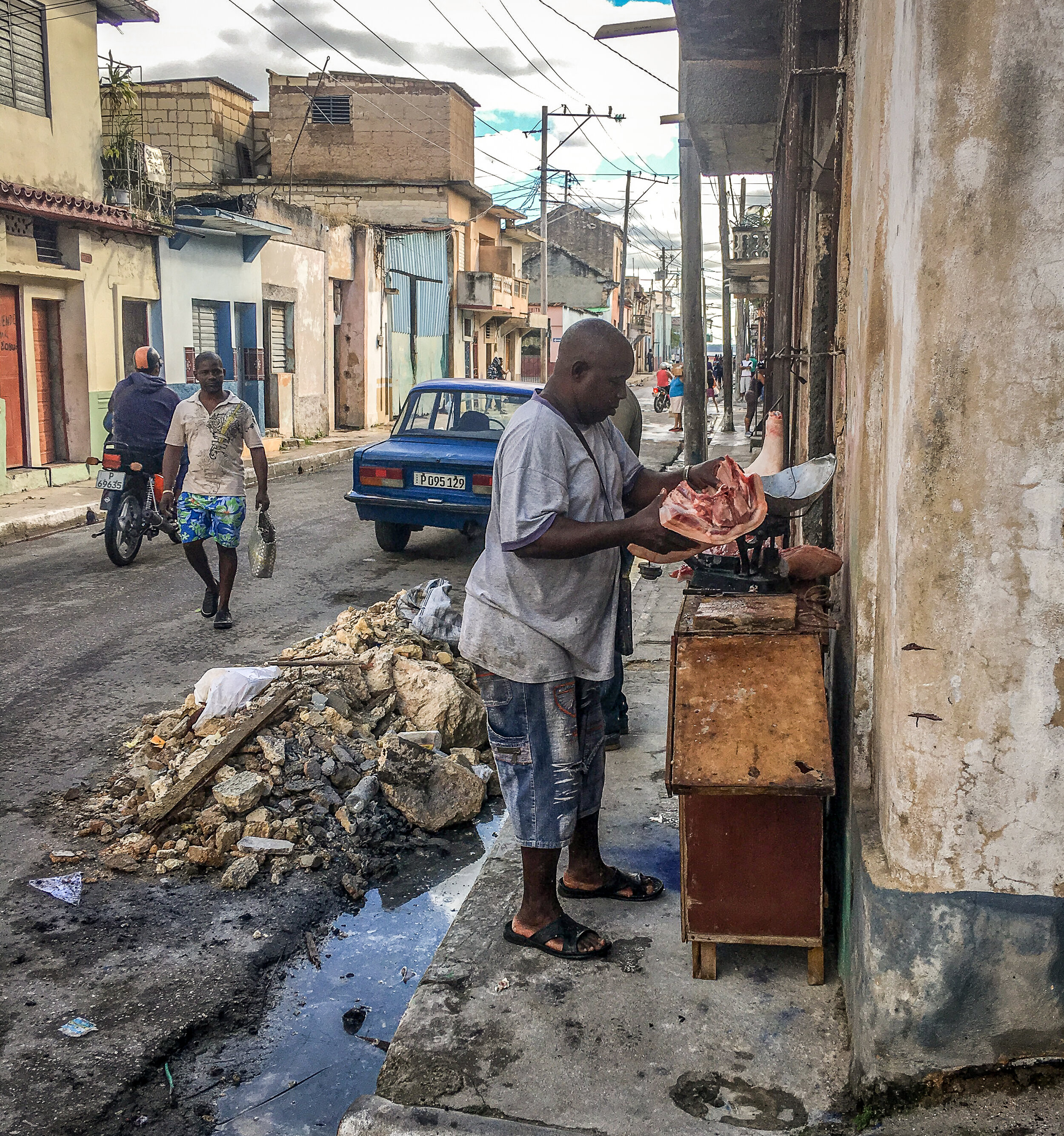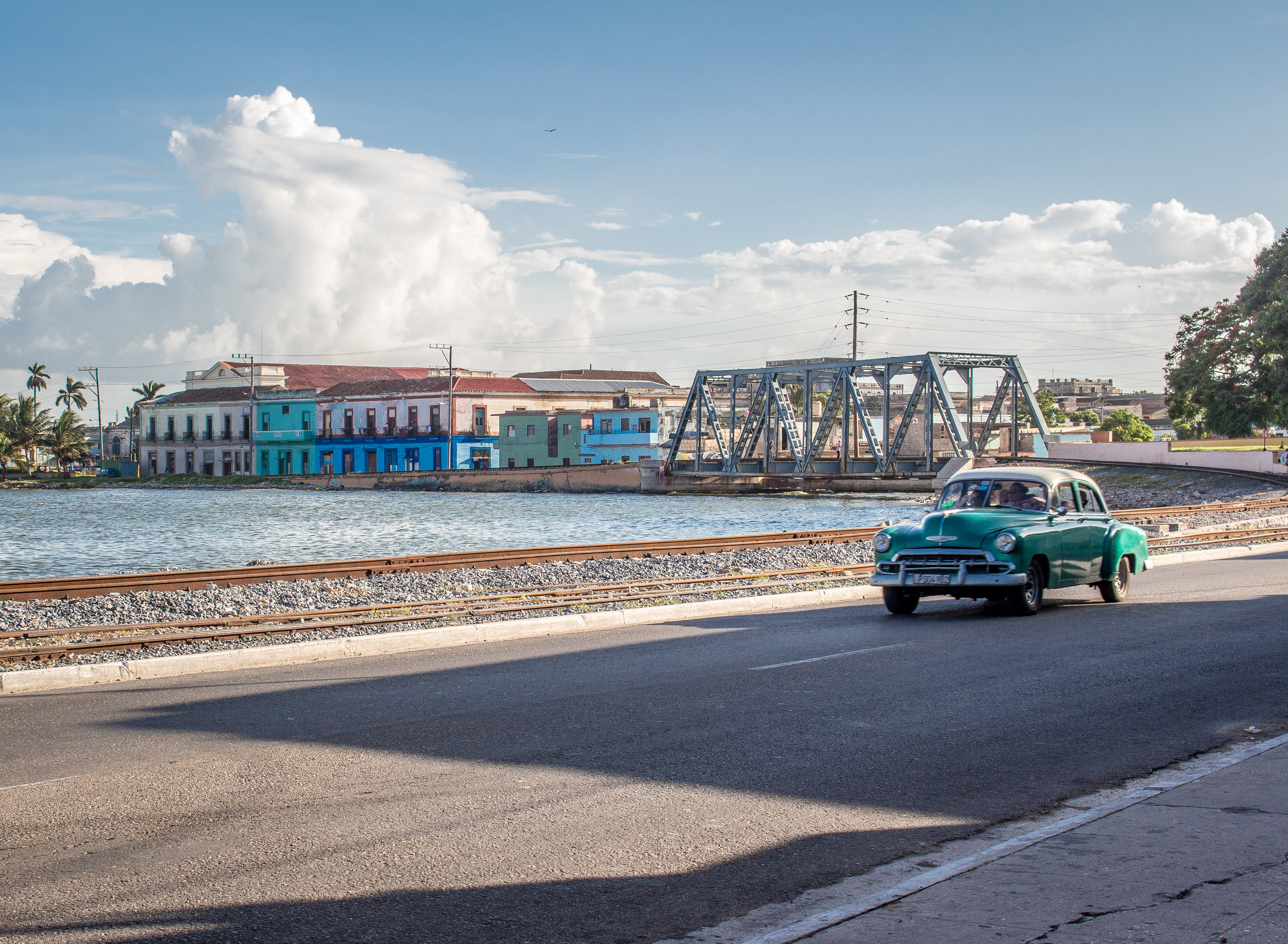
El Museo Memorial del Morrillo: From Spanish Stronghold to the Frontline of Freedom
It’s like the little brother to Castillo de San Severino.
That’s what the tour guide said in her introduction to this little fort, now simply referred to as ‘El Morrillo’ by the locals.
Originally named Batería de San Felipe del Morrillo, after King Philip V who ruled Spain between 1700 and 1724, this former fort and artillery battery is now an archaeological and historical museum. It’s strategically located on the southeast shore of the Bay of Matanzas at the mouth of the Canimar River, in a neighbourhood also referred to as San Felipe.
El Morrillo was first constructed in the mid-1700’s, starting with a watchtower around 1720, followed by the main building after 1760. It was an integral part of what’s called the ‘defensive belt’ of Matanzas. This ‘belt’ was comprised of four fortifications, including Castillo de San Severino and two others which don’t exist now, built to protect the Bay and the settlement against pirates and hostile invaders. Time, battle and the forces of nature took their toll on the original structure, and by 1807 it required almost a complete overhaul which involved the removal of the original watch-tower and a renovation into its present configuration. It was used as a naval station after the Cuban War of Independence in 1902, up until it was abandoned in 1934.
The most notable event took place here in 1935, when the fort was the site of a historic battle between Cuban soldiers and young revolutionary forces, resulting in the assassinations of two of Cuba’s most resolute freedom-fighters -- Antonio Guiteras Holmes (1906-1935) and Carlos Aponte (1901-1935).
Guiteras, of Cuban-American descent, planned and spearheaded the movement aimed at fighting against tyranny and the pro-imperialist regime in Cuba. Carlos Aponte, a Venezuelan, was recruited to be a member of this group of would-be insurgents lead by Guiteras. The plan was to leave Cuba by boat from the fort under the cover of darkness, and head to Mexico to prepare for the struggle against the government, returning later with soldiers trained, armed and ready for battle.
The boat was delayed, leaving time for the Cuban military to be alerted to the plan and to surround and attack them. The skirmish took place at a nearby hill on the ravine, and both Guiteras and Aponte were shot and killed. Now considered martyrs, a monument has been erected on that exact spot, and their remains are entombed at the fort itself. The old canoe which was used to transport their remains is on display there as well. The museum was declared a national monument in 1979.
I’ve been to el Morrillo twice, and I remember wishing that the state of the exhibits themselves – the lighting and the layout in particular – were a little more conducive to the importance of the artifacts and the stories behind them. The ongoing challenge with Cuba’s museums, especially those outside of major tourist centres, is the shortage of resources required to keep up with the ongoing restoration and conservation of their properties and collections. However, slow-but-steady improvements have continued over the last few years, and I’ve learned that there are more significant efforts being carried out now, in preparation for a return to tourism once the country opens to foreigners again.
Regardless, the best part of the tour on both occasions were the ladies who worked at the site. Acting as guides, they were clearly proud of their heritage, committed to their work and completely engaged in telling the story behind this piece of Cuba’s revolutionary past. As usual, it’s the human element that has the power to either make or break an experience.
It’s easily accessed just off the highway between Matanzas and Varadero, at the end of a street just off the west side of the Canimar Bridge. There is a fantastic view of the Bay from the rocky coastline where it sits, and there’s a tiny beach adjacent to the fort which is perpetually deserted. It’s not Varadero Beach - the water looks a little rocky - but it’s a sweet and quiet spot for a picnic after your tour.
El Morrillo may not be as popular a tourist site as Castillo de San Severino (I couldn’t even find it on Trip Advisor), but with its significant historical value it definitely warrants a visit.
La Marina: A Gritty & Culturally Essential AfroCuban Neighborhood
I confess.
When I initially arrived in Matanzas on my first trip, I couldn’t tell one neighborhood from the next. On the surface, the buildings, streets and bridges all looked the same to me.
Now, after spending time working my way into the fold here, it’s become clear that each one has unique and defining characteristics. Each has their own distinctive vibe. I suppose that’s a testament to the virtues of travelling slowly.
Downtown has a typically noisy urban buzz, with its cars and motos racing around Parque de la Libertad, and its patios alive with music and people. La Playa is the coastal neighbourhood in the east end, with pretty houses perched on rocks lining the bay, and quiet streets where many expats reside. Los Mangos is at the top of the city where you’ll find the absolute best view of the Yumurí Valley, and where it always seems to be 5 degrees hotter than anywhere else in Matanzas.
Then there’s La Marina. It’s the gritty barrio which lies between the main street of Contreras and the Río Yumurí, and where the pulse of AfroCuba resonates loudly and everyday life vibrates at a little higher frequency.
Barbaro, Los Muñequitos de Matanzas
Rhythm
Music is always somewhere in the background in La Marina. Sometimes it’s reggaeton but most of the time it’s rumba, because this is the city and the neighborhood where the genre, based on African music and traditions, originated in the late 1800’s. Cuba’s best-known rumba group, Los Munequitos de Matanzas, resides here on Calle Manzano and they, along with the popular Grupo AfroCuba de Matanzas, frequently perform live in the street. Between the concerts, the batá drum ceremonies and the Santeria rituals which happen regularly, it sometimes seems as though the sound of beating drums, even if it’s only faintly in the distance, is unavoidable.
Artist’s Studio, Michel M.M.
Art
Matanzas, in general, is a force to be reckoned with when it comes to artistic endowment – there are poets, painters, photographers, sculptors and graphic artists galore, not to mention the abundance of performers such as dancers, musicians, mimes and acrobats. La Marina has its share of all of those, something which has become even more evident within the last couple of years. Murals have begun to appear, transforming some of the shabby facades along Calle Daoiz into giant canvases displaying the work of a local painter whose studio is located there. If you’re short on time, this is the one street I recommend you do not skip, especially the area between Calles Jovellanos and Magdalena.
Squalor
There’s no getting around it – sections of this barrio can be straight-up filthy. Down by the bend in the river at the end of Calle Ángel, a chunk of the retaining wall is missing, allowing the water to flood that corner regularly, bringing with it the garbage and debris that collects there. It takes some skill to dodge the mosquito-infested puddles which never seem to evaporate or drain from within a two-block radius of this particular spot. If you’re wearing flip-flops, I recommend avoiding this corner altogether.
Streetlife
More than any others, this is the cultural element bound to make you feel as though you’re part of the local scene. The best time to explore La Marina is after 5pm, when people are home from work, school is out and dinner prep is in progress. You’ll need to bob and weave between the vignettes of activity – the fresh laundry slung overhead, the pop-up domino tables in full swing, barefoot kids playing fútbol and tossing a baseball from one side of the street to the other. This is also the time when you’re apt to find a vat or two of caldoza or chicharrón cooking over an open fire, neighbors chatting in their doorways and abuelas rocking their grandchildren to sleep as they sit by the front window to catch the cool evening breeze.
Nelson Barrera Cultural Centre
Community
One of the most endearing aspects of Cuba is the undeniable sense of community that seems to be present everywhere. People know their neighbors, they help each other, they look out for each other’s children and care for their elderly loved ones. Sharing a common struggle is something that binds a group of people (or an entire island) together, and people tend to struggle just a little more in La Marina than elsewhere in the city. Perhaps that’s the reason why the sense of community seems particularly strong here. With the presence of organizations like the Nelson Barrera Cultural Centre, which promotes an inclusive approach to the maintenance and development of AfroCuban culture, the community is actively engaged in efforts towards making everybody feel like they matter.
As grimy and dishevelled as parts of it may be, there is no denying that La Marina is one of Matanzas’ richest neighborhoods culturally-speaking. Wander it slowly, explore it with open eyes and an open mind. You’ll need this essential piece of the puzzle in order to understand and appreciate the city beyond its surface.
